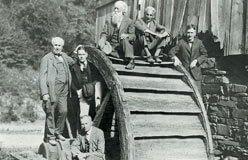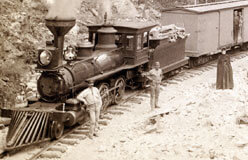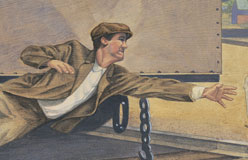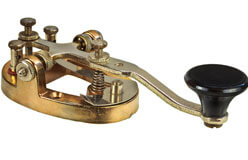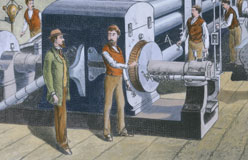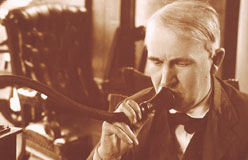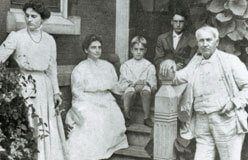When cartoonists want to indicate that someone has had a “bright idea,” they frequently draw a light bulb over the person’s head. This simple graphic image is not only a symbol of enlightenment, it’s also a tribute to the genius of Thomas Alva Edison.
Edison certainly didn’t “invent” electricity. Nor did he create the first electric lighting. But he did find a way to make electric lighting available to homes and offices on a grand scale.
